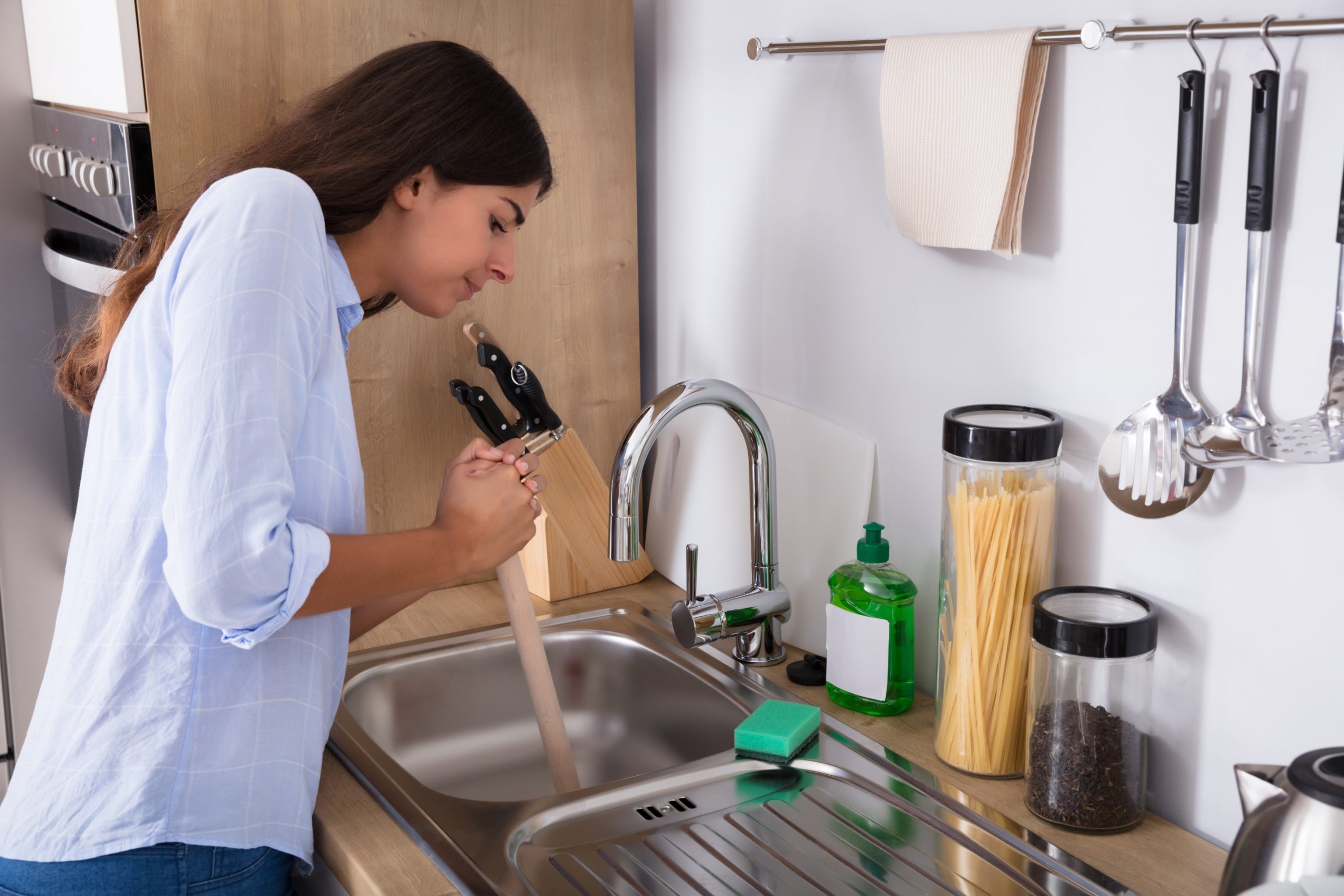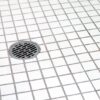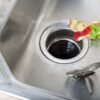Category: Drain Cleaning

5 Reasons Why Drain Cleaning Is So Important
Drain cleaning is an easily forgotten aspect of home maintenance, and because of this, many homeowners don’t notice issues with their drains until it is too late. Regular drain cleaning can, however, prevent a whole host of issues and make life easier for you and your plumbing system. Keep reading to learn how professional drain cleaning can help you.
Prevents Clogs
The number one issue plaguing drains is clogging. In the kitchen, grease and food scraps build up over time, leave residue on the insides of your pipes, and eventually create blockages. This problem is exacerbated by improper garbage disposal use. In the bathroom, clogs are primarily caused by the buildup of hair and soap. Regular drain cleaning can remove this buildup before it causes major clogs.
Maintains Fast Drainage
Even if a pipe isn’t completely clogged, some residue can still slow down drainage significantly. You’ll notice this if water pools in the sink while you’re washing your hands or in the tub when you’re taking a shower. Professional drain cleaning and maintenance will keep your pipes clear and water draining fast, so you never have to worry about a sink or tub overflowing.
Reduces Odors
Food, grease, and other residue that build up inside your pipes will eventually rot and create foul odors. Standing water trapped in the curves of your pipes can also smell bad. When these odors find their way up through your pipes, it can mean a problem for your whole house. Keeping your drains clean and free of waste stops these odors in their tracks and prevents new ones from developing.
Stops Water Damage
Clogs and buildups cause water to back up, drain slowly, and even become trapped in your pipes. Unfortunately, pipes are not designed to hold standing water, and these backups can cause leaks along their seams. In worst-case scenarios, your pipes may even burst, causing major water damage to your walls, floors, ceilings, and potentially other areas of your home. Regular drain cleaning and professional plumbing inspections will catch these issues early before they turn into expensive disasters.
Extends the Lifespan of Your Plumbing
Just like your car or any other piece of equipment, proper maintenance and care will help your drains, pipes, and other plumbing fixtures last longer. Without regular cleaning, contaminants such as mineral deposits from hard water will slowly corrode your pipes. The above-mentioned blockages from food, grease, and hair also place unnecessary strain on your plumbing. Regular professional maintenance will prevent more costly issues from developing in the future and enable your plumbing system to function better for longer.
Rely on Robillard Plumbing for Professional Drain Cleaning
We know it can be difficult to clean your drains on your own. Fortunately, the experts at Robillard Plumbing offer full-service drain cleaning for bathrooms, kitchens, main sewer lines, and more. Contact us today, and we’ll make sure your drains are clear of all hazards and debris.
Read More
The Signs of a Sewage Backup
Dealing with a sewage backup is every homeowner’s nightmare. Not only can it lead to foul odors and unsanitary conditions, but it can also cause extensive damage to your property if left unaddressed. Recognizing the signs of a sewage backup early on is crucial for prompt action and preventing further complications. Continue reading our blog as we discuss some common signs that indicate a potential sewage backup.
Foul Odors
One of the most obvious signs of a sewage backup is a strong, unpleasant odor emanating from your drains or toilets. Sewage carries distinct and pungent smells, and if you notice an unusual sewage-like odor in your home, it could indicate a backup in your plumbing system. Pay close attention to any persistent, foul smells that don’t dissipate with typical cleaning or deodorizing methods.
Slow Draining Fixtures
When multiple fixtures in your home start draining more slowly than usual, it may indicate a sewage backup. Keep an eye out for sinks, showers, bathtubs, or toilets that take longer than usual to empty. Slow drainage can occur due to a blockage in the sewer line, causing wastewater to accumulate and back up into your home. If you notice this issue consistently across multiple fixtures, it’s a clear indication of a potential sewage backup.
Gurgling Sounds
Unusual sounds coming from your plumbing system, such as gurgling or bubbling noises, should not be ignored. These sounds often occur when air is trapped in your pipes due to a blockage or restriction. If wastewater is struggling to flow freely through the sewer line, air bubbles can form and cause gurgling noises.
Multiple Clogged Drains
While a single clogged drain is typically a localized problem, experiencing multiple clogged drains simultaneously could indicate a more significant issue within your sewer system. If you find that various drains in your home are backing up or clogging frequently, it suggests a blockage or obstruction in the main sewer line. This obstruction can eventually lead to a sewage backup if not addressed promptly.
Water Backup in Fixtures
Another clear sign of a sewage backup is water backing up into fixtures such as sinks, toilets, or showers. For instance, flushing your toilet might cause water to rise instead of draining away. Similarly, running water in one fixture could cause water to back up in another. These occurrences indicate that there is insufficient capacity in your sewer line to handle the wastewater flow, resulting in a backup.
Contact Robillard Plumbing
At Robillard Plumbing, we offer a wide range of plumbing services in the northwest metro area. From fixing leaking sinks to installing water softeners, we can do it all. You can always count on our master plumbers and service professionals for a reliable and efficient fix. Contact us today!
Read More


